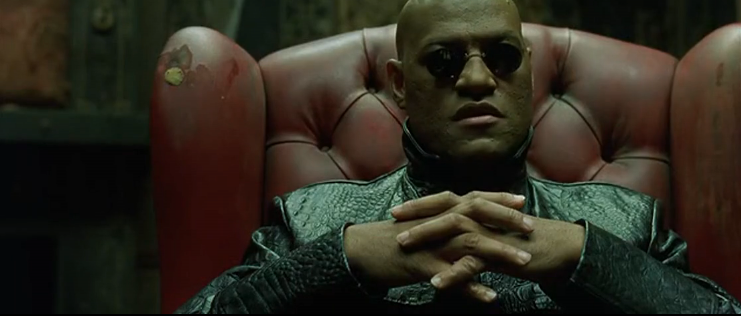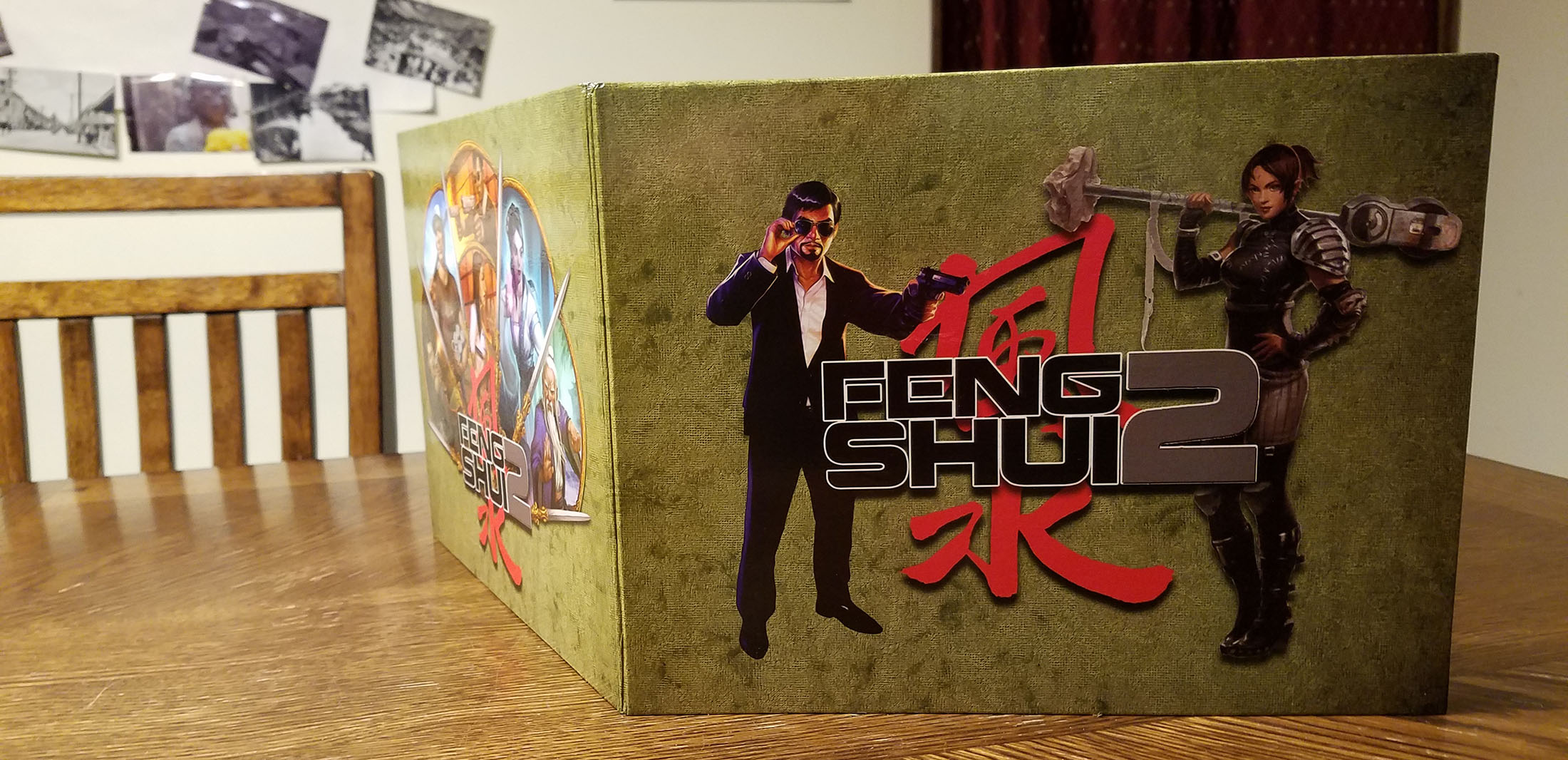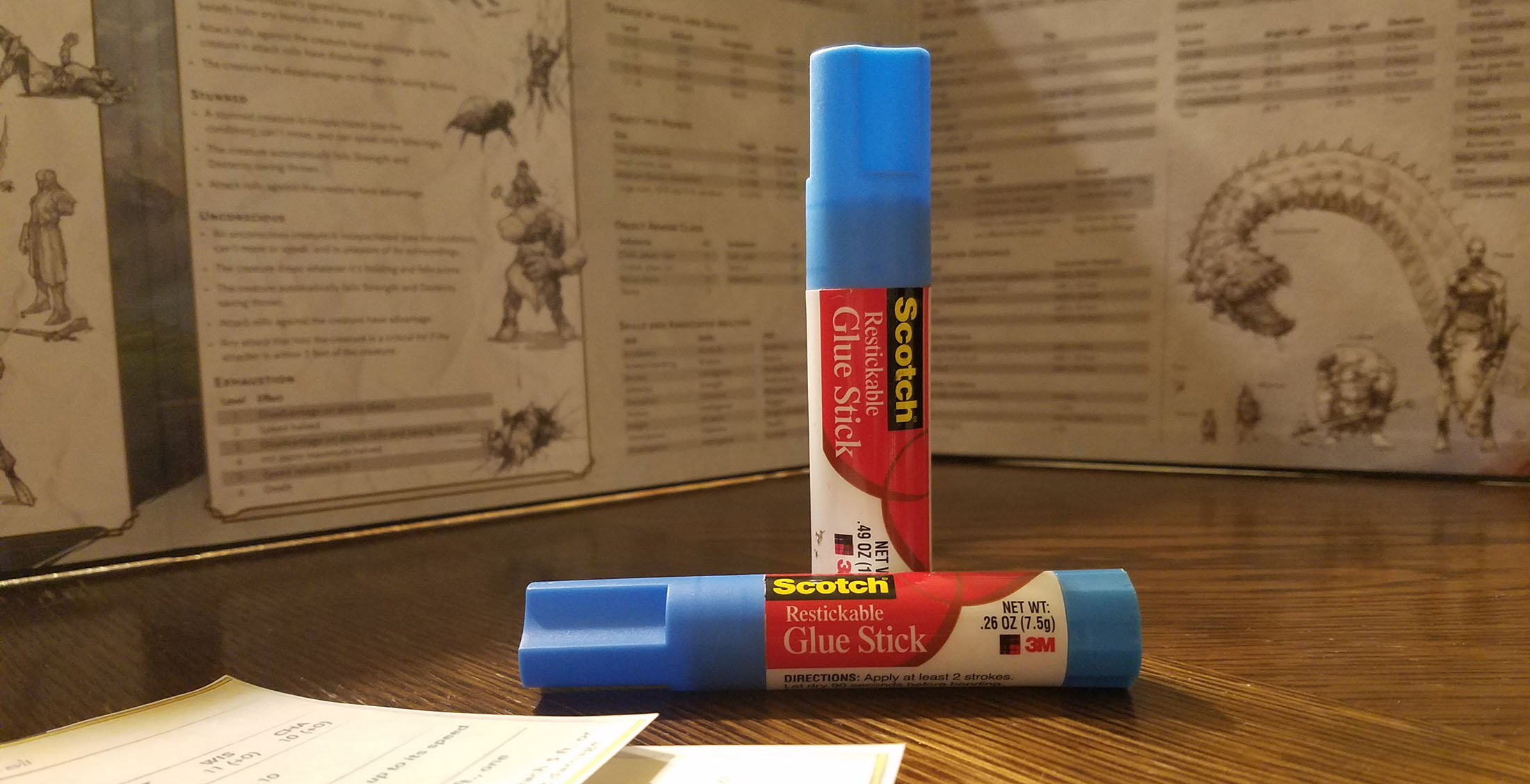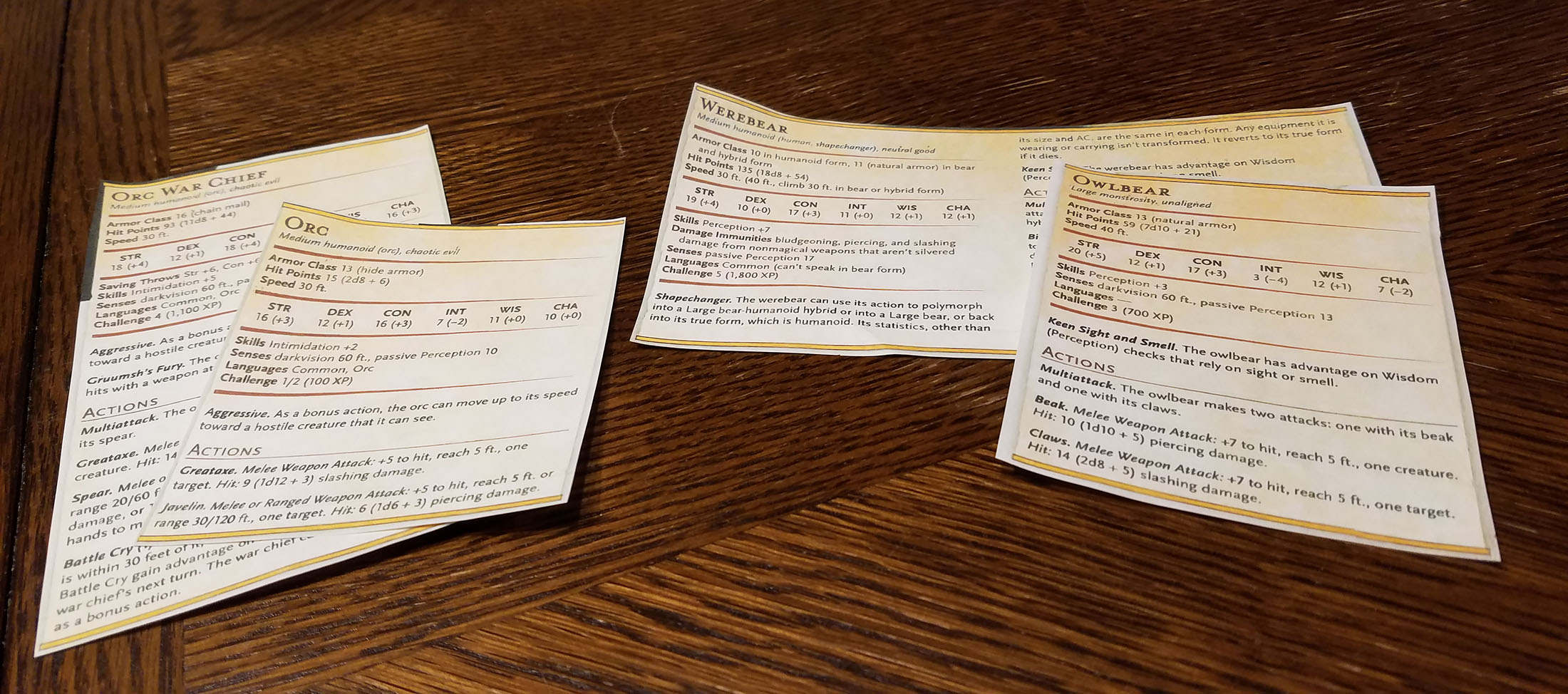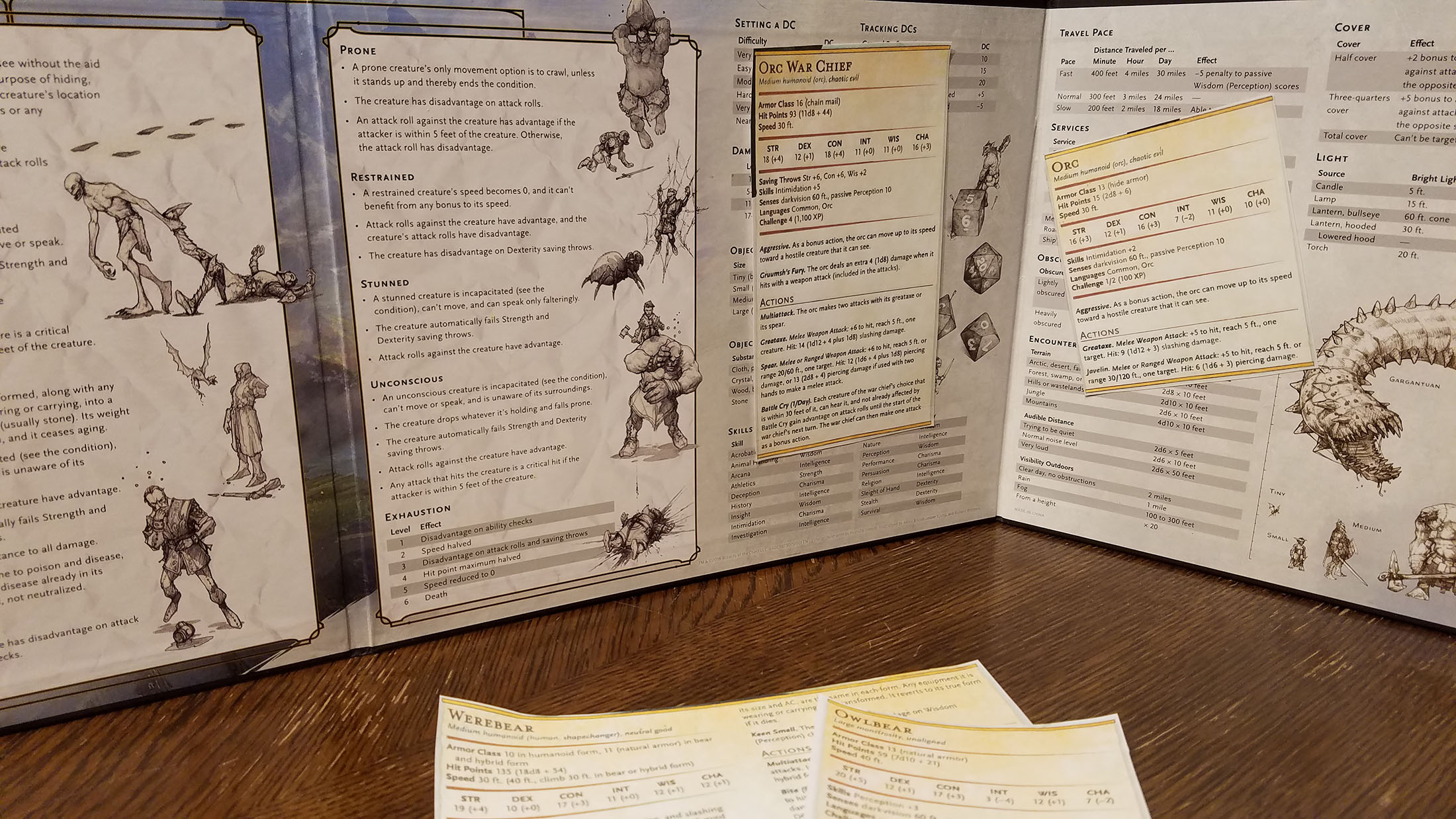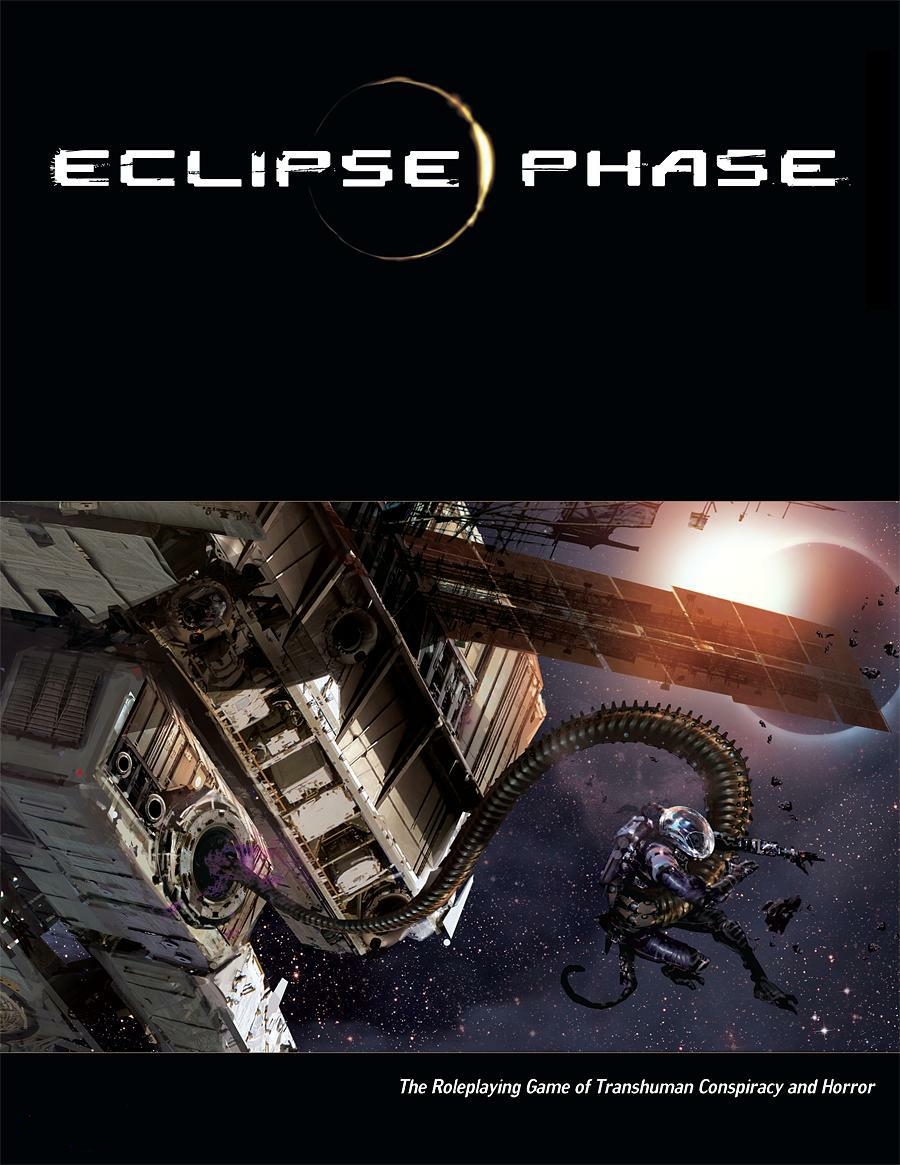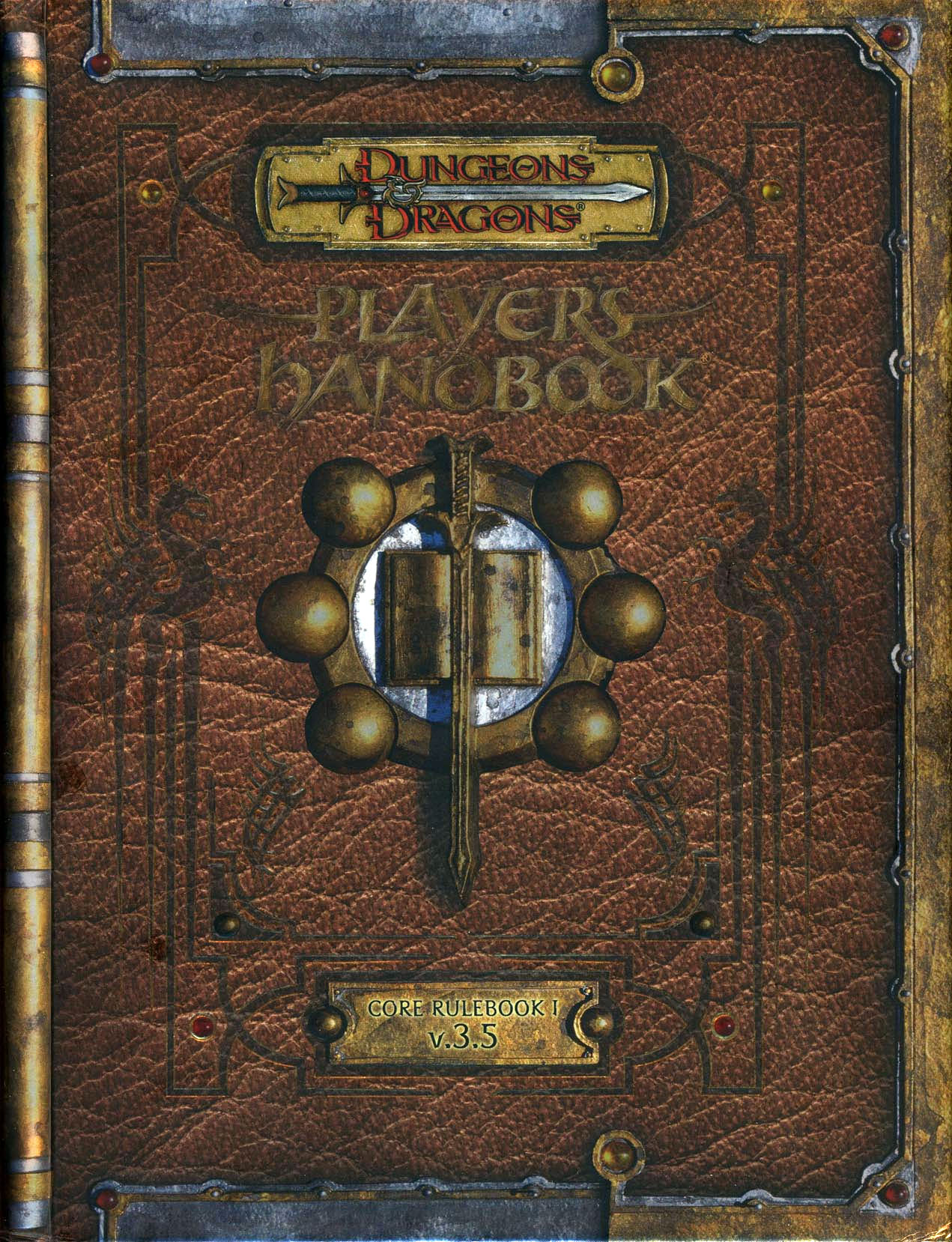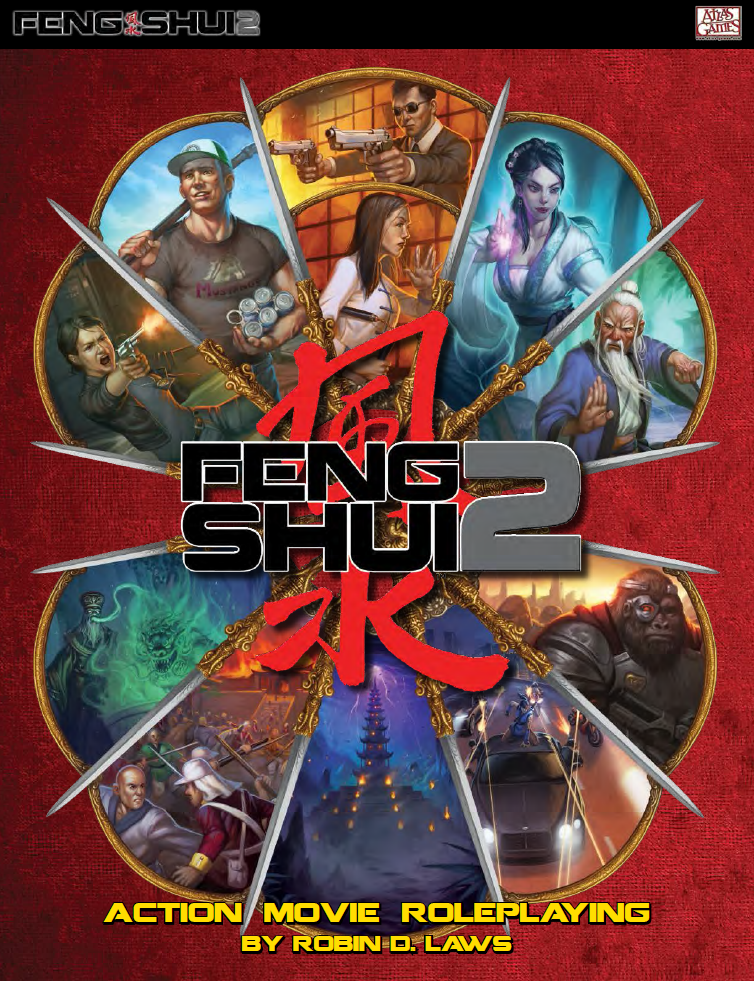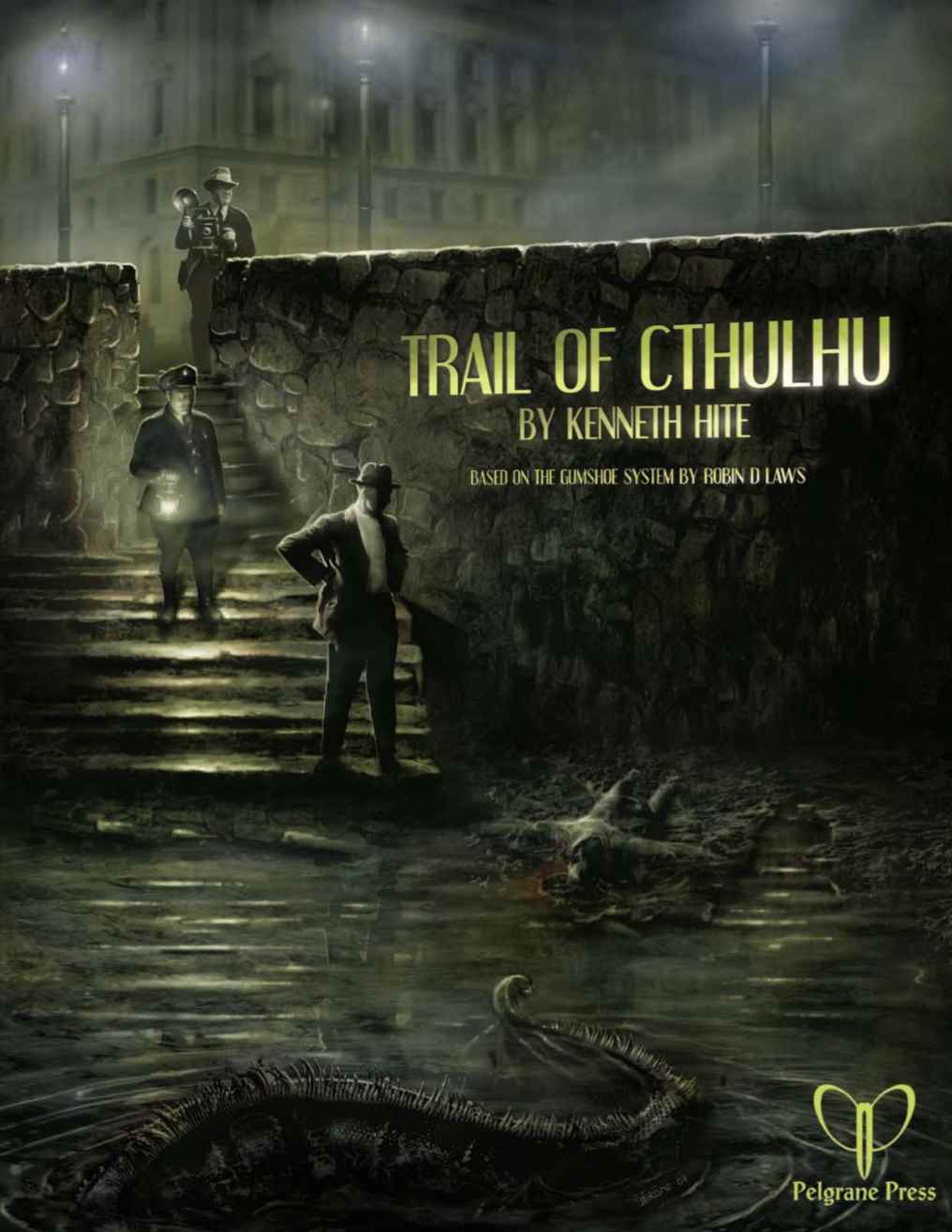This post contains SPOILERS for Waterdeep: Dragon Heist.
A unique challenge to running urban campaigns is figuring out what happens if the PCs, confronted with some horrible crime or circumstance, do the logical thing and seek help from powerful allies. And the scope of this problem tends to grow as technology (or its magical equivalent) improves communication, travel speeds, or both. (Low level D&D characters in the middle of the woods tend not to have any recourse; modern teenagers with cellphones are a completely different story.)
In my experience, the problem also intensifies in what I’ll call mythological settings, where single individuals (powerful wizards, Sith lords, starship captains) can be possessed of immense power. This is because it can be both easier for the PCs to get access to these characters and often harder to explain why they don’t want to get involved.
Let’s take a step back for a moment: Why is this a problem?
First, it really mucks up the challenge level of the scenario when Batman calls in Superman to deal with the Joker. Second, it’s dramatically unsatisfying to go through all the preamble of a conflict only to be sidelined while Elminster heads off to experience the end of the story.
Now, let’s address the elephant in the room: There’s often an unspoken genre convention and/or table agreement that calling in the Big Guns is generally poor form and shouldn’t be done because it’s disruptive to the desired experience. If you want to make that a spoken agreement more power to you, but there are a couple things to be aware of:
First, this can actually create a different sort of problem for some players because it creates a tension between what their characters should be doing (based on their understanding of who that character is) and what that character is allowed to do. For some players, making this an explicit, spoken agreement can resolve this problem (because with the option definitively off the table the tension disappears). But for other players, it will actually make the problem worse because either acknowledging the tension or explicitly prohibiting the choice is even more disruptive to their roleplaying.
Second, calling in the Big Guns is not exclusively a problem. It’s also an opportunity. And there’s a lot of really cool experiences that you’re taking off the table if you just flat out ban these interactions. Superman shouldn’t just swoop into every Batman story, but World’s Finest crossovers can be really awesome.
On the flip side, this also means that sometimes players call in the Big Guns because it’s what makes sense for their characters to do… but that doesn’t necessarily mean that they want to do it as players! They don’t want to be sidelined while the Big Guns take care of everything, and they’re actually hoping that you’ll reject the offer so that they can have done the right thing in roleplaying their character truthfully AND get what they want by continuing to be in the starring roles in the rest of the adventure.
All of which means that, at some point, you’re going to run into a situation where the PCs decide that it’s time to call in the Big Guns.
What happens next?
#1. IT WORKS
They call in the Big Guns, the Big Guns have a good reason to be involved, and they come in and deal with the situation. Problem solved!
The trick here is to frame getting the help of the Big Guns as being the major accomplishment and then just letting loose and really enjoying the curb-stomping done by the Big Guns as the reward for a job well done.
If you want an example of this from another medium, look at The Lord of the Rings. Most of The Two Towers consists of the heroes trying to convince one major ally or another to put some skin in the game: Theoden, Treebeard, etc. Or take this scene from the movies:
Pippin literally summons an entire army to help solve his problems.
This approach works if the players see the Big Guns as a manifestation of their will; no different than a fireball or a powerful magical artifact. THEY were the ones who called on the Big Guns. This can be a tricky balancing act to pull off, but it can be immensely satisfying when you do.
#2. THEY’RE BUSY
The Big Guns are busy doing something else and therefore cannot help.
This can be used preemptively if there’s a time crunch (“Sorry, Harry, Dumbledore isn’t in his office right now”), but it can be equally effective if the conflict comes up at the last possible second: “Great. Glad we’re all gathered here to go down into the Vault together. Now that we’re fully committed to this course of action, let’s— Wait! There’s a tarrasaque attacking the harbor! I’ve got to go!”
This works better, of course, when it emerges naturally out of the narrative. For example, in my Dragon Heist campaign the group had recruited Renaer and the Black Tears to assist in raiding the Cassalanters. That gig resulted in them “arresting” (i.e., kidnapping) Lord Cassalanter and taking him to the Blackstaff. At this point, I could clearly see the risk of the PCs’ contributions for the rest of the campaign getting washed out by a confluence of powerful NPCs: The stakes had gotten high enough that it would be hard to justify the Blackstaff and the Open Lord of Waterdeep not getting directly involved. So I framed the Blackstaff’s response accordingly: She called up Renaer and the Black Tears to help her perform a rapid-fire investigation of the Cassalanters to accumulate the evidence necessary to “make the arrest legal after the fact.”
The Blackstaff and Renaer were still helping the PCs, but only off-screen and tangentially.
You can also bake larger priorities into the setting. For example, in my Ptolus campaign there’s an invading army that’s marching towards the city. No matter how dire the stakes are in whatever scenario the PCs have gotten themselves involved in, it’s not hard to argue that preparations for a literal war are more important, giving me an easy trump card that I can play any time I need it.
On the other hand, you don’t actually need to go into a lot of detail as long as you’ve firmly established that the NPC in question is tied up in more important affairs; that they’re operating at a higher tier than the PCs. For example, when the Dragon Heist PCs later sent word to the Blackstaff that they’d located the Vault, the Blackstaff simply replied, “Good luck! Let me know how it goes!” The implication was that she was busy doing something else and trusted the PCs to take care of it.
On that note: You usually want the NPC, even though they don’t have the time or resources to deal with the problem, to acknowledge how clearly important the information the PCs are bringing them is, rather than belittling it. (Unless, of course, the PCs really are just wasting their time with trivialities.) This validates the players’ actions AND ratchets up the stakes.
The quickest way to achieve this effect is for the NPC to say, “This is clearly very important… which is why I’m deputizing you to deal with it.” In my Ptolus campaign, for example, I had the Commissar specifically deputize the PCs to deal with the local activities of the chaos cults. Ergo, any time they discovered some new, horrible thing that the chaos cults were involved with, the official response could neatly default to, “Keep up the good work!”
Another effective way of handling this brush off is for the Big Gun to give the PCs’ some form of assistance, even if they can’t get directly involved: A suitcase full of cash. A platoon of elven archers. The phone number of an old friend in Cairo they should talk to. Et cetera.
This idea of rewarding the PCs for going to the Big Guns is a common theme here: Even if the Big Guns turn the PCs down flat and refuse to help, if there’s still some sort of reward for having gone to them in the first place, then the players will feel validated in their choice. (It also tends to just make sense, unless the PCs were completely off-base in their belief that the NPC would care about what’s happening.)
#3. THERE’S A REASON THEY CAN’T HELP
Later in my Dragon Heist campaign, when Lady Cassalanter kidnapped one of the PCs’ adopted kids, the PCs sent a message to the Blackstaff.
Since we’d already established that the Blackstaff was investigating the Cassalanters, there was no good reason for her not to drop everything and come to help. But I knew that a fight with Lady Cassalanter would become trivial if the Blackstaff was involved, so Lady Cassalanter erected some wards around her location that would have specifically detected the Blackstaff’s approach (since she knew that the Blackstaff was now involved and had been investigating her family). The Blackstaff detected the wards, warned the PCs, and veered off. She’d be nearby, but with Lady Cassalanter holding a hostage it was just too risky for her to come barreling in with the PCs.
(This was also a hybrid because the Blackstaff actually gave them valuable intel on where Lady Cassalanter might be holding their son, so she’d already helped them to a certain extent and the PCs had been rewarded for calling her in. You can read about what happened next in this campaign journal.)
In my Ptolus campaign, another major element of Act II is the exploration of the Banewarrens. These, once again, pose a potentially existential threat in the middle of the city, and there once again needs to be some explanation for why the city authorities and other major players don’t come barging in to resolve the crisis. In this case, I simple turned the Banewarrens into a point of religious dispute. The two halves of the schismed Church effectively checkmated each other, and the civil authorities in the form of the Commissar refused to get involved because of the tangle of Church politics.
#4. SPLIT THEM UP
“We have not come here by chance. I do not believe in chance. When I see three objectives, three captains, three ships, I do not see coincidence. I see providence. I see purpose.” – Morpheus, The Matrix Reloaded
Now that the Big Guns have been called in for the actual op, split the group up: While the Big Guns do one thing, the PCs need to do another.
For example, we could imagine a Dragon Heist campaign where the PCs have successfully recruited the Blackstaff or Manshoon or Laeral Silverhand to come into the Vault with them and retrieve Neverember’s stolen hoard. But as the Vault cracks open, the bad guys suddenly arrive with something so incredibly dangerous — the Cassalanters summon a pit fiend, or Xanathar himself shows up with a bevy of gazers and mind flayers, or Jarlaxle teleports in with a platoon of elite drow mercenaries — that the Big Gun has to deal with it. They turn to the PCs and shout, “This could all be a distraction! Get into the Vault! Make sure the gold is secure!”
This is also a good example of how, as the GM, you want to pay attention to why the players want to call in the Big Guns. For example, they may have concocted some incredibly convoluted scheme that requires them to be in nine places at the same time and they have no idea how they can pull it off by themselves. That’s a perfect opportunity to just lean back, let them bring in the Big Guns without fuss, and then peel them off into separate action groups.
#5. FLIP IT AROUND
Now that the Big Guns are involved and putting themselves in charge, they send the PCs to do something crucial for their success.
Returning to our example of the Dragon Heist Vault, when Jarlaxle shows up with his force of drow mercenaries, the Blackstaff turns to the PCs and says, “Hold them off here! I’m heading into the Vault!” Once the drow goons are defeated, the PCs follow and discover the Blackstaff standing over the dragon she’s just slain. A dragon?! Phew! Good thing they called her in!
If you’re more dramatically inclined, you can also frame this so that the PCs show up just in time to take the shot that finishes off the dragon. “Thank you!” says the Blackstaff. “It was a more difficult foe than I had expected!” Or whatever.
You can also reverse expectations here by making it LOOK like the crucial part of the mission (i.e., the thing that the Big Guns are going to go do) is one thing and the ancillary goal is some other thing, while in reality it’s actually the exact OPPOSITE. So the PCs get sent to pursue the ancillary goal in a supporting capacity, but then it turns out they’re actually doing the absolutely vital thing that’s going to save the day! (“I thought Griznak was going to be at the fort?!” “Yeah, well, he’s here, and we’re out of time. Let’s go!”)
#6. THEY ARE THE BIG GUNS!
The zero-to-hero dynamic of D&D tends to get ingrained to the point where we sometimes forget that it’s fully possible to have a campaign dynamic where there AREN’T any Big Guns to appeal to because the PCs are the biggest guns around.
This can be particularly true within a specific set of parameters.
Even in D&D, it’s quite possible to run a campaign where, once the PCs hit mid-level play, they’re the most powerful people in town (and possibly for hundreds or thousands of miles around).
On that note, even if they aren’t the biggest guns in town, this is nevertheless a great time to have low-level adventuring parties come knocking on the door with problems that they need a Big Gun to solve for them.
FURTHER READING
Random GM Tip: Calling in the Little Guys


